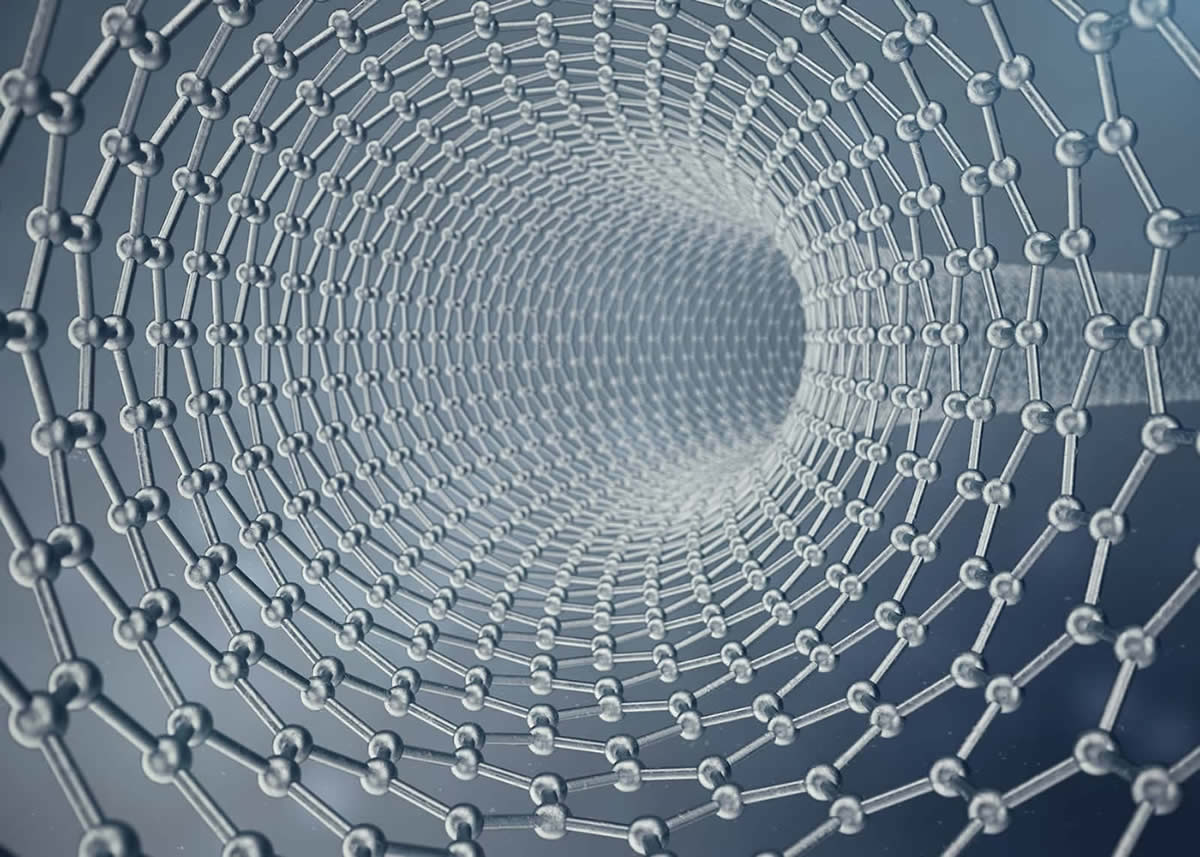Share This Article
New sapphire nanostructures provide damage resistance
Researchers at the University of Austin have developed new nanostructures. They are highly resistant to dust, fogging and glare. The scientists used sapphire as a base, which provides strength and scratch resistance.
While sapphire’s hardness is its main advantage, it also poses challenges in manufacturing. This is particularly true for small-scale production. A team of scientists from the Department of Mechanical Engineering set out to solve this problem. The project was led by Professor Chi-Hao Chang.
Areas of use of the material
Researchers are using nanostructures to extend the applications of sapphire-based materials. One of the key challenges was to maintain the stiffness and hardness of the material. As a result, it has been possible to create structures that are resistant to damage. However, the authors of the development note that the new material does not have the same strength as sapphire itself. Its properties are closer to those of glass or tungsten. Nevertheless, the development offers a sufficient level of strength. In addition, the nanoparticles are self-cleaning, so they do not collect condensation or dust.
The material has a number of properties:
- the conical profile promotes better light transmission;
- this reduces the possibility of glare;
- the material provides a high level of surface energy;
- the optimal aspect ratio creates a hydrophilic surface that minimises fogging;
- the surface repels moisture, so that droplets do not leave traces.

The development by Chang’s team opens up new possibilities in several fields. The material could become a viable alternative to existing technologies used in the production of smartphones. A key advantage of mobile devices is the material’s ability to regulate the level of light on the screen. The nanostructures can adapt to different conditions, including a lack of light. This ensures an optimal brightness level that is comfortable for the eyes.
Sapphire nanoparticles can also be used to make lenses and glass. Car windows made with this technology do not fog up or cause glare. This contributes to increased road safety.
Nanostructures can also find applications in the space industry. Equipment made from this material is highly resistant to dust when landing on celestial bodies. According to the developers, the sapphire base makes it possible to create a surface that offers almost 99% protection against dust. It was possible to achieve this result not only due to the properties of the material itself, but also under the influence of gravity. Existing technologies are less effective in this respect. High dust resistance is particularly important for space equipment. The lack of access to water makes cleaning difficult.
Researchers are continuing to improve the properties of the nanomaterial. They want to make it easier to produce and expand their applications.

